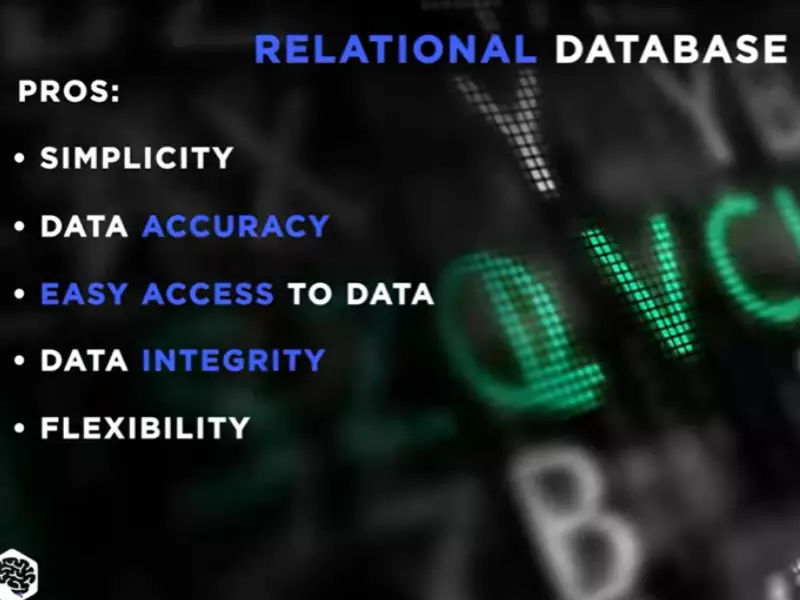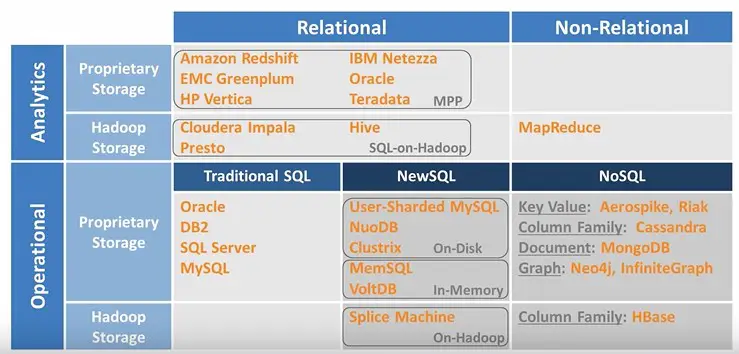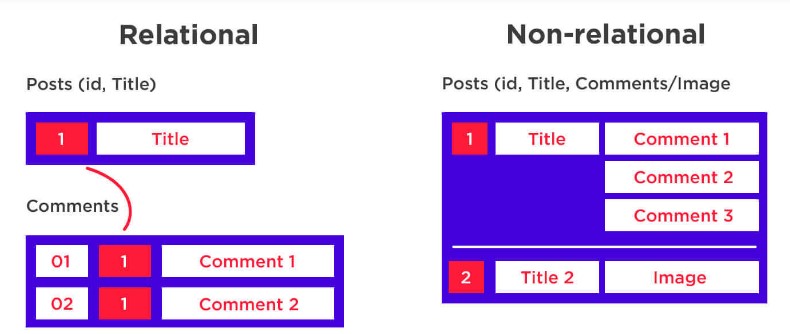When making decisions about which type of database to use, it is important to understand the tradeoffs between relational and non-relational databases. In this blog, we will explore the key differences between the two types of databases, and discuss the advantages and disadvantages of each. We will also look at how to decide which type of database is best suited for your particular needs.
Advantages and disadvantages of relational databases
When it comes to choosing the right database for your project, it is important to understand the tradeoffs between relational and non-relational databases. Relational databases offer the advantage of providing a structured way to store and access data, allowing for complex queries and data manipulation.
However, they come with some drawbacks. Relational databases can be difficult to scale up, making them unsuitable for applications such as web applications with large amounts of data. Additionally, they often require complex schemas and SQL queries that can be challenging to maintain.

On the other hand, non-relational databases can be easier to scale up and are often more flexible in terms of data structure. However, they can be more difficult to query and may lack the same level of data integrity as relational databases. Ultimately, it is important to understand the tradeoffs between the two types of databases and to choose the one that best fits the needs of your project.
Advantages and disadvantages of non-relational databases
When it comes to database technology, there are two distinct camps: relational and non-relational. While both have their advantages and disadvantages, perhaps one of the biggest tradeoffs between them is their ability to scale. Relational databases are often favored for their ability to provide powerful data querying and storage capabilities.
Relational databases are often favored for their ability to provide powerful data querying and storage capabilities. However, as the amount of data grows, they can become increasingly slow and unwieldy. On the other hand, non-relational databases are designed to handle large amounts of data quickly, but lack the ability to easily query and store data.
Ultimately, it’s up to developers to decide which type of database best suits their project’s needs.
Key considerations for choosing between relational and non-relational databases
When it comes to choosing between relational and non-relational databases, it’s important to consider the tradeoffs between the two. Relational databases are great for complex transactions and data that fits well into a tabular structure, while non-relational databases are better suited to large datasets that don’t easily fit into a predefined structure. Both have their advantages and disadvantages, so it’s important to consider the specific needs of your application before making a decision.
It’s also important to consider the scalability of your database, as well as the availability of hosting options and support for the specific database type. Ultimately, the right choice for your project will depend on a careful examination of the tradeoffs between relational and non-relational databases.

Examples of tradeoffs between relational and non-relational databases
When it comes to databases, there is no one-size-fits-all solution. Depending on the nature of the data you need to store and the use case, you may find that either a relational or non-relational database is the best fit.
For example, relational databases are better for complex query operations and transactions, while non-relational databases are better suited for high volume data storage and retrieval. Additionally, relational databases offer more robust security, while non-relational databases are typically more flexible and easier to scale.
Understanding the tradeoffs between the two types of databases is essential to making the right choice for your application.
Resources for further reading
When it comes to storing and managing data, one of the most important decisions to make is choosing between relational and non-relational databases. Each type of database offers its own set of advantages and drawbacks, so understanding the tradeoffs between the two is essential for finding the right solution for your specific needs.
This article will explore the key differences between the two and provide resources for further reading.
Conclusion
In conclusion, the choice between a relational and non-relational database depends on a variety of factors. Relational databases offer better data integrity, scalability, and support for complex queries, making them ideal for applications that require data to be linked in multiple ways.
On the other hand, non-relational databases are better suited to applications with simpler data models that require flexible data structures, higher scalability, and faster access. Both types of databases have their own strengths and weaknesses, and each has its own set of tradeoffs. Ultimately, the right choice depends on the specific needs of the application.

